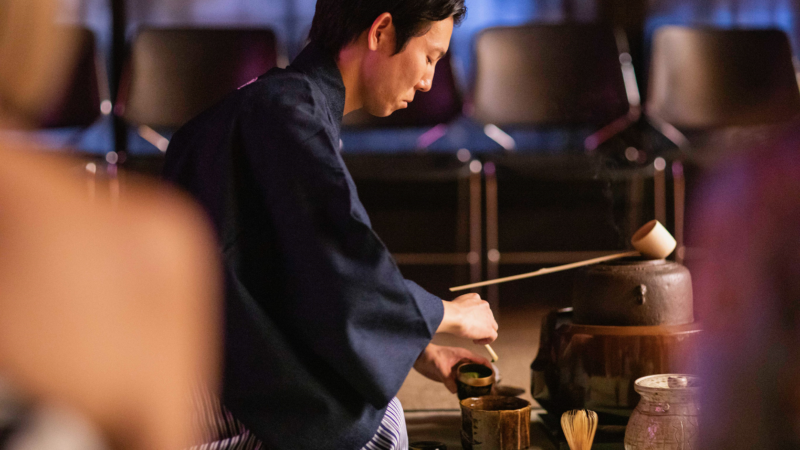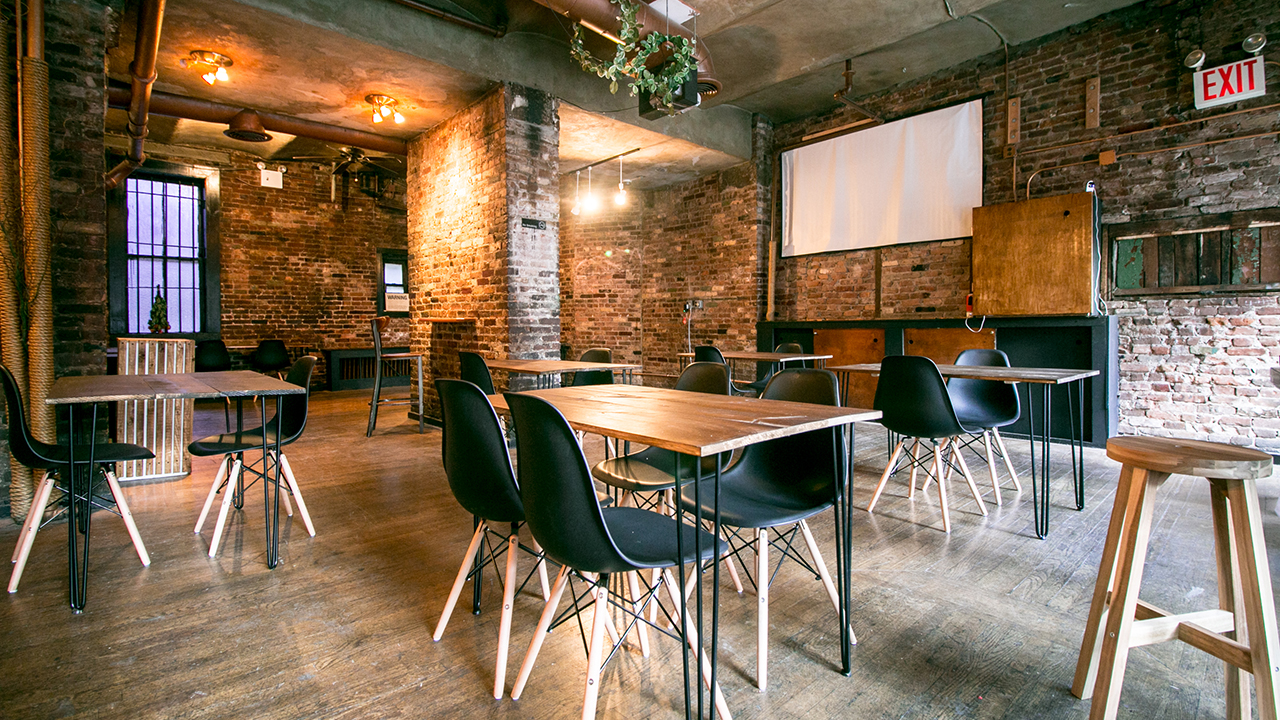Deborah Klens-Bigman ◆ July 13, 2015

A few weeks ago, a Facebook discussion group I belong to was engaging in yet another debate about the nature of budo. I don’t pay much attention to these things, as they tend to become circular very fast (meaning that the argument ends up coming around to agreement on the original assumption). But one comment caught my eye: would it be appropriate to say that good budo comes from good body mechanics and alignment?
The idea was shot down fairly quickly, but the thought stayed with me. “Good body mechanics,” at its most basic, means to do everything correctly. Alignment, of course, means that hips, shoulders, knees, feet, arms and hands are functioning in proper relationship to each other.
Naturally, posters rejected the idea, because, unless a budoka has been blessed with particularly good luck, the idea of good body mechanics and alignment stay an elusive goal for pretty much everyone. There are two separate lines of thought here – that just doing things “correctly” is way too simplistic to be considered the primary goal for budo study, and that body alignment is too elusive.
When I think back over the students I have had in my classes, I am astonished by their variety. The oldest student I ever taught was 67 years old; the youngest was a shockingly talented 10-year-old. I have taught people with joint replacements, teenagers (not many), former karateka, guys who lifted weights, people with flat feet. Some came and went, and some stayed for years. I’d like to think they all learned something positive.
There’s no question that the foundation of good practice is in trying to achieve the proper alignment of body, hands and feet, according to the genre being practiced. For example, in jodo, in gyakute no kamae (reverse-hand grip), the uppermost hand on the jo needs to be cocked at the wrist. New students find this incredibly difficult to remember, but this awkward position actually makes for a stronger kamae. If you pay attention, you can feel the alignment of the bones of hand and wrist, but, to be honest, it feels very strange. In hikiotoshi no kamae, the profile body position adds energy to the strike as the jodoka turns towards her opponent, but it seems weird to not face the opponent head-on.
 Every new student brings strengths and weaknesses to the practice. When I began iaido practice, I had very strong legs because I was a foil fencer. But my hip alignment was very left-dominated, as I was a left-handed fencer. Even though my strong thighs meant I could sit in seiza for a very long time, my upper body was not strong enough to control a sword, or even a stick very well. And doing anything using both hands was a challenge. I had to overcome these limitations.
Every new student brings strengths and weaknesses to the practice. When I began iaido practice, I had very strong legs because I was a foil fencer. But my hip alignment was very left-dominated, as I was a left-handed fencer. Even though my strong thighs meant I could sit in seiza for a very long time, my upper body was not strong enough to control a sword, or even a stick very well. And doing anything using both hands was a challenge. I had to overcome these limitations.
Unfortunately, even experienced budoka are constantly dealing with body changes that affect their movement – weight gain or loss, illness, aging joints – I could go on, but you get the idea. It’s not just the techniques of budo that need study; the way those techniques are addressed needs constant revision.
To get back to the above thought that good budo is about proper body mechanics and alignment: While those elements are important, they are, in fact, built in to whatever genre we might be interested in pursuing, and they are unique to that genre (I have never seen the cocked wrist of gyakute no kamae in any other practice I’ve encountered). It always interests me to see which new people try to adapt their bodies to the technique, and which ones try to adapt the technique to what their bodies already know. Being aware of surroundings, being focused, being able to adapt to changing situations are also important aspects of practice. In order to be an accomplished budoka, you need both good physical technique and good mental flexibility.




